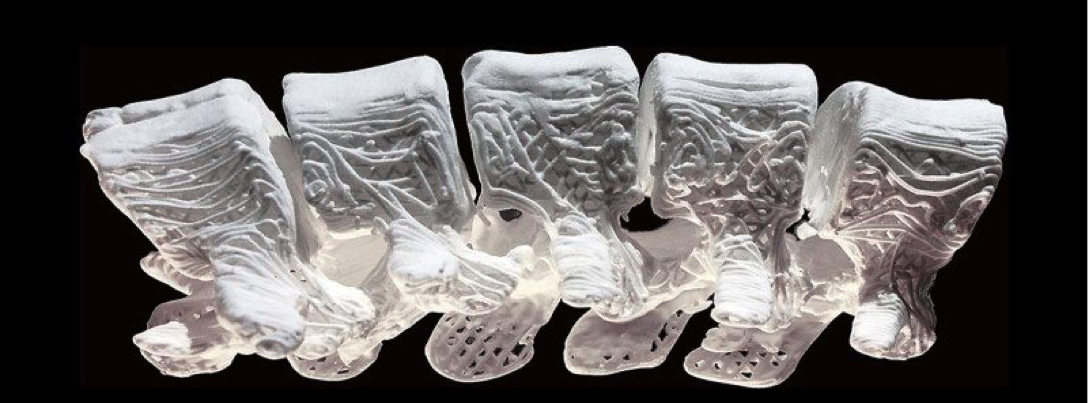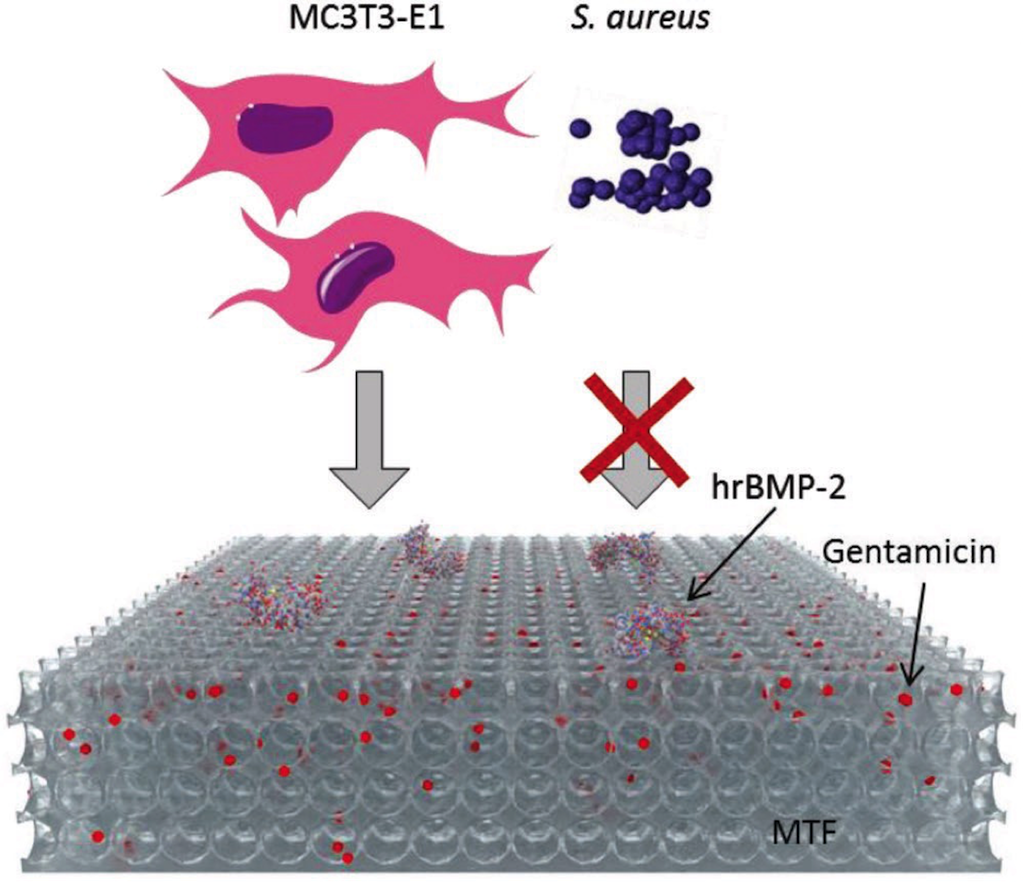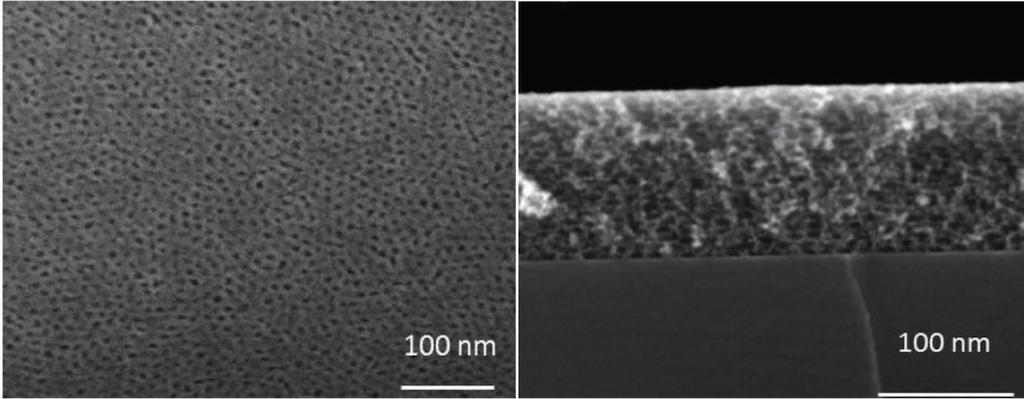New approaches for bone implants
|A research article published by the group of Professor Sergio E. Moya showed a novel approach directed towards the osseointegration of bone implants. To promote tissue recovery and reduce infections, the scientists used a titania mesoporous film (MTF) modified with a bone growth factor and embedded with an antibiotic.

Bone grafting is a surgical procedure that replaces a missing bone or a part of it. This procedure might be necessary for the recovery from a complex fracture or from the partial amputation of a bone following a bone tumor. The procedure poses a significant health risk because of possible infections or a failed healing of the bone, which has a natural capability of recovering only if some conditions are met. Of these conditions, one of the most important is the absence of significant gaps between the extremities of the bone. To tackle this aspect, implants, usually made of titanium and its alloys, are widely utilized. Another relevant condition for healing is the presence of a rough surface since it promotes cell adhesion and implant interlocking with the native bone. For this aspect, mesoporous materials play an essential role since they’re characterized by pores of a diameter between 2 and 50 nanometers, more or less 1/100 of the width of a human hair. Titania can be synthesized as a mesoporous material without compromising its mechanical properties, and the pores can be exploited to carry useful molecules for the recovery, such as antibiotics and growth factors.
A research study led by CERIC user, Professor Sergio E. Moya from the Center of Cooperative Research in Biomaterials, showed a novel approach where a mesoporous titania film (MTF) was loaded with the antibiotic gentamicin and functionalized with a growth factor called human recombinant bone morphogenic protein 2 (hrBMP-2).

The tests showed an initial fast release of gentamicin within the first 6 hours, followed by a slower and prolonged release that lasted for 35 days. This profile meets the clinical requirements since an initial burst helps when the risk, connected to the surgical procedure, is higher, and a slow maintenance release helps during the recovery. Gentamicin prevented the formation of colonies of Staphylococcus aureus, a bacteria that lives on the human skin and may cause infections during surgeries.
For the use of growth factors, the mesoporous titania film was tested with a precursor of the osteoblasts, one of the cellular components of the bone. The presence of growth factors improved the adhesion of the osteoblasts to the scaffold and their proliferation, overcoming the known detrimental effects of the gentamicin on the osteoblasts.

The structure of the MTF was obtained at the Austrian SAXS synchrotron beamline in Trieste, Italy. The access to the equipment was made possible by a CERIC-ERIC grant.



